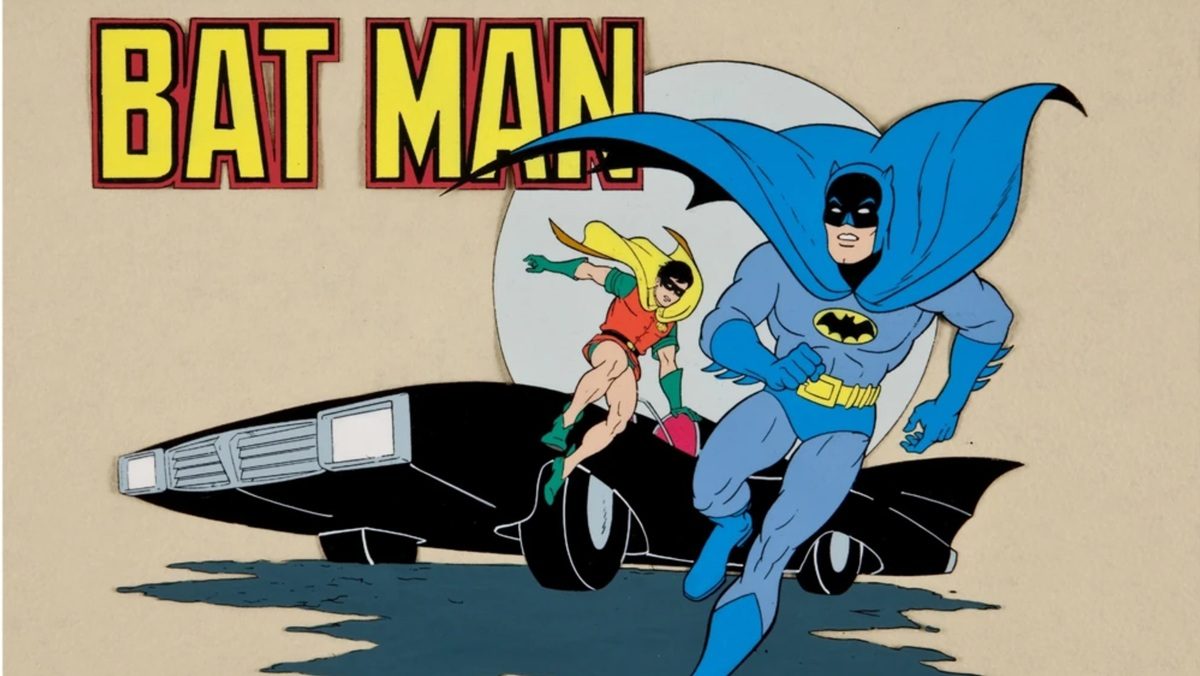
For the first time, audiences will soon see two different actors playing Batman in live-action movies. Robert Pattinson will return as Batman in the sequel to *The Batman*, while a new *Batman: Brave and the Bold* film will introduce a different version of Bruce Wayne within the DC Universe. Some fans are worried this could be confusing, and have even asked James Gunn how general moviegoers will respond. However, this isn’t the first time Batman has had two on-screen versions at once – it happened twice before, though those were animated projects in the 1970s and 2000s.
As a long-time fan of the Dark Knight, it was a really interesting time for Batman back in the late ’70s. You could actually watch two different versions on Saturday mornings! He’d been a regular on *Super Friends* since 1973 – Olan Soule did the voice, and Casey Kasem, who you probably know as Shaggy from *Scooby-Doo*, played Robin. That show was made by Hanna-Barbera. But then, over on CBS, a new series called *The New Adventures of Batman* came along, and it brought back Adam West and Burt Ward – the original Batman and Robin from the ’66 TV show! It was wild seeing both versions on TV at the same time.
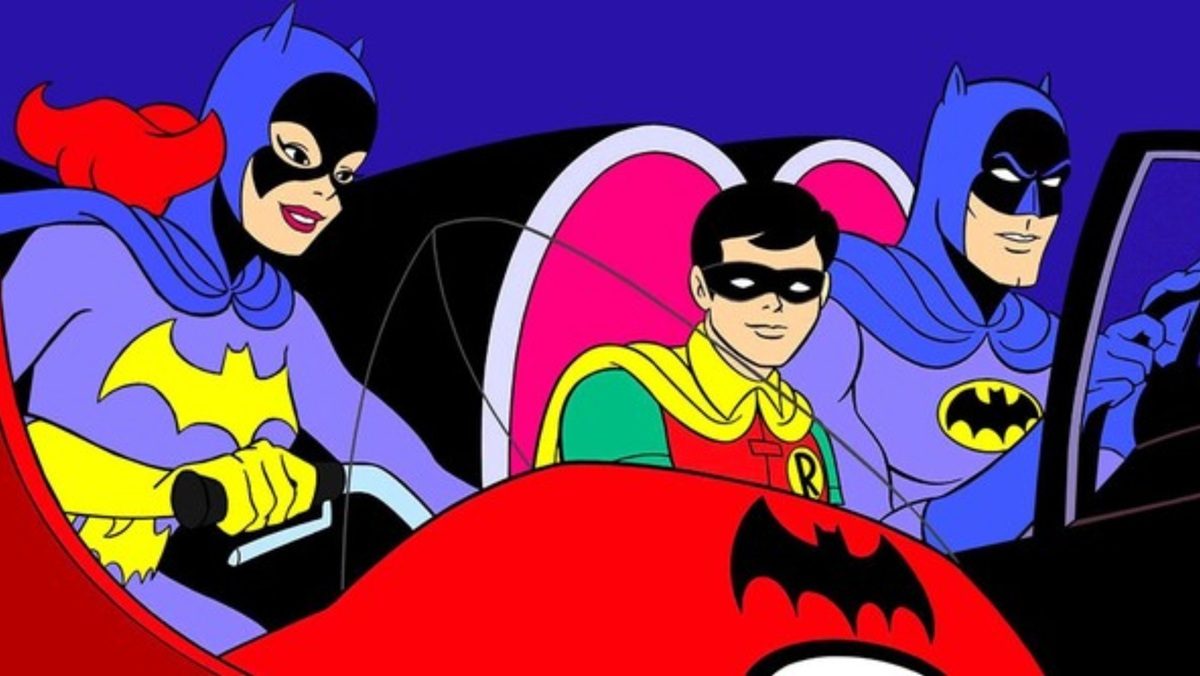
Things get complicated here. Filmation Studios, the company behind the CBS cartoon, would later become famous for *He-Man and the Masters of the Universe*. The character designs for this new show were inspired by their 1968 cartoon, *The Batman/Superman Hour*. However, the voices for that earlier show were provided by actors Soule and Kasem. That’s actually why Hanna-Barbera hired them for *Super Friends* in 1973. Since those actors were already committed to voicing another version of these heroes, CBS and Filmation chose West and Ward for this project instead.
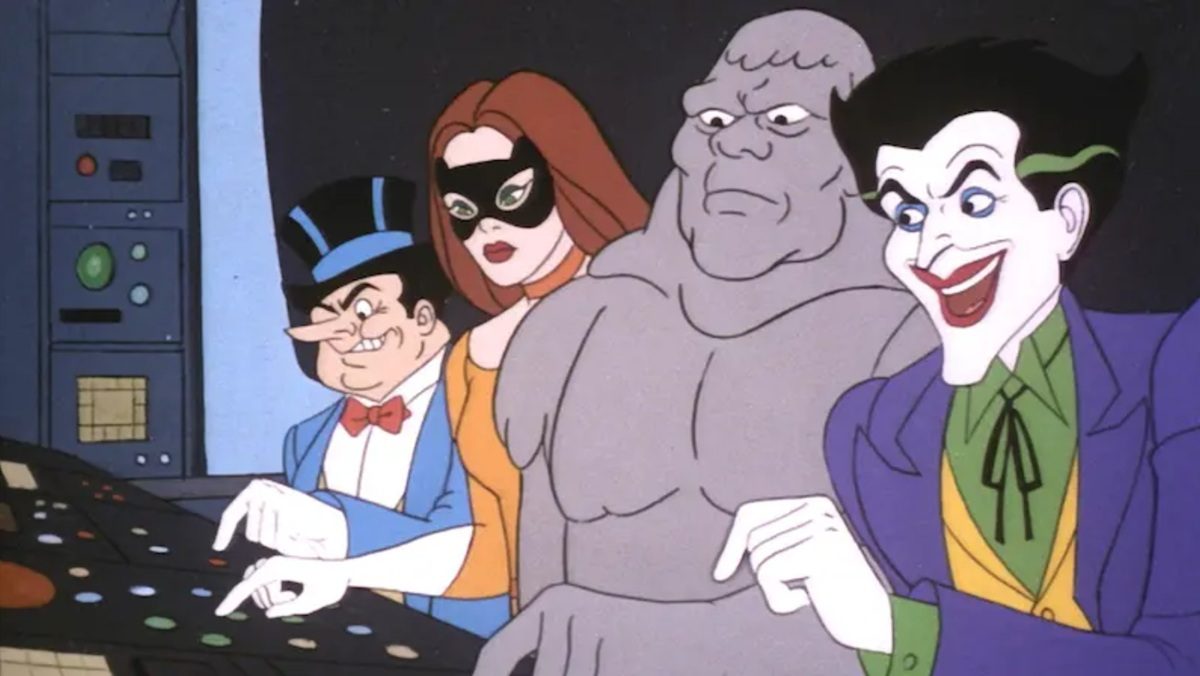
As a longtime Batman fan, I always loved *The New Adventures of Batman* – even though its 16 episodes trickled out over several years, finally wrapping up in 1981. One of the coolest things was how they really featured Batgirl, and Melindy Britt absolutely nailed the voice – she later became She-Ra, can you believe it? The show had some great humor too, thanks to Bat-Mite, this little imp who popped in from another dimension. You got to see all the classic villains – Joker, Penguin, Catwoman, Clayface, and Mister Freeze – again and again. It’s just weird that the Riddler was missing! Except, bizarrely, in the opening credits where he was rocking a pink suit! Turns out, ABC had already given the rights to use the Riddler and Scarecrow to *Super Friends*, so that’s why he didn’t show up in the actual episodes.
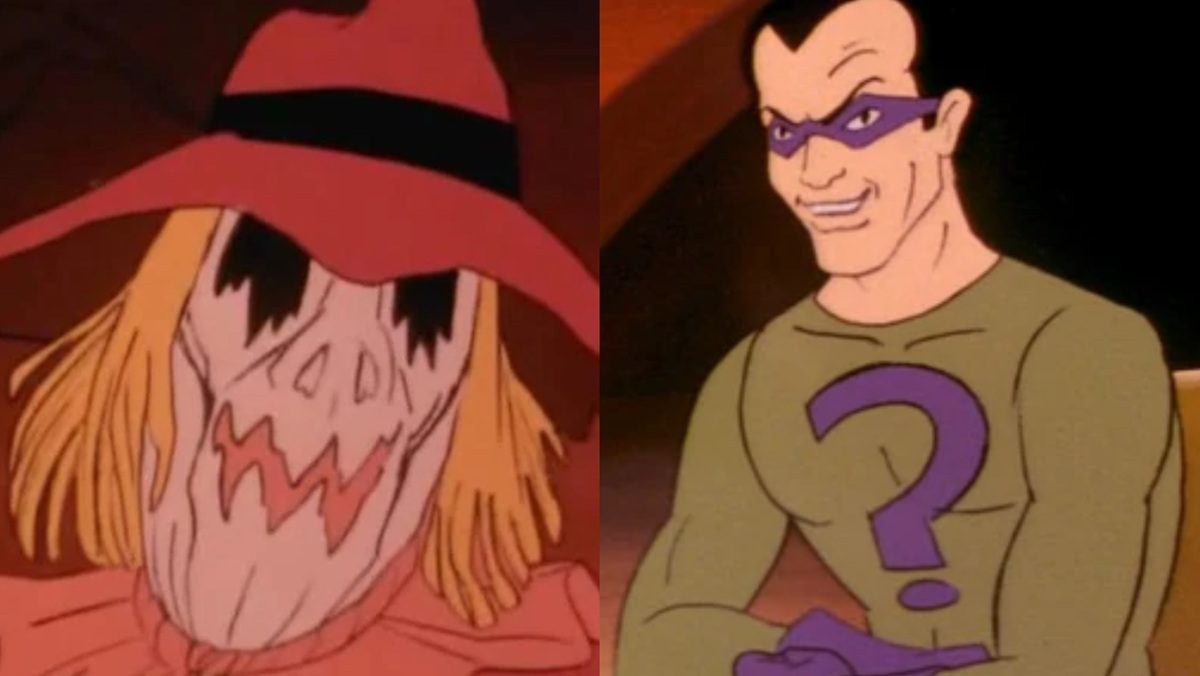
As CBS was making *The New Batman Adventures*, ABC was planning a reboot of *Super Friends* called *Challenge of the Super Friends*. This new version would feature the Justice League battling DC’s most notorious villains, the Legion of Doom. However, because Filmation and CBS had the rights to Batman’s most famous enemies, villains like the Joker and Penguin couldn’t be used. Instead, the Riddler and Scarecrow represented Batman on the Legion of Doom, and Cheetah filled in for Catwoman as Wonder Woman’s foe. The Joker and Penguin didn’t appear on *Super Friends* until the very last season in 1985.
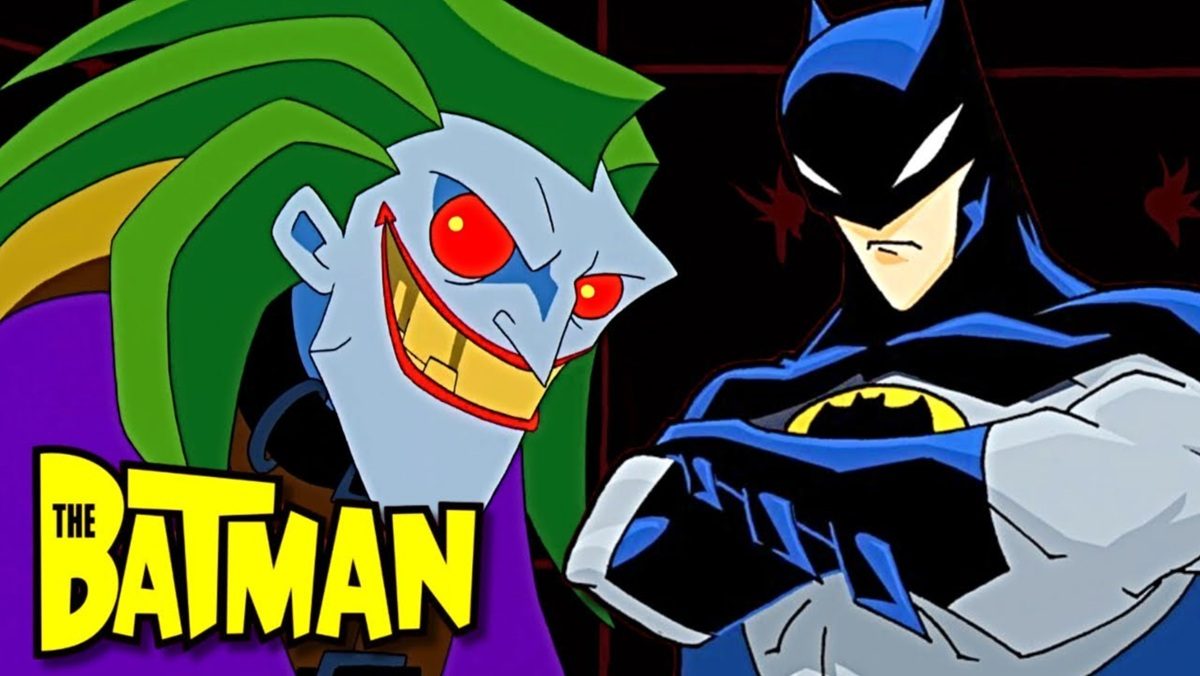
Twenty years later, a similar situation arose. This time, however, Batman was completely controlled by Warner Bros. In 2004, the Kids WB programming block brought Batman back to a new audience with the animated series, The Batman. Rino Romano voiced Bruce Wayne, and the show featured a visual style inspired by anime. Despite living in the shadow of the highly acclaimed Batman: The Animated Series, The Batman gained a new following among children, who particularly enjoyed the updated take on Batman’s classic villains in Gotham City.
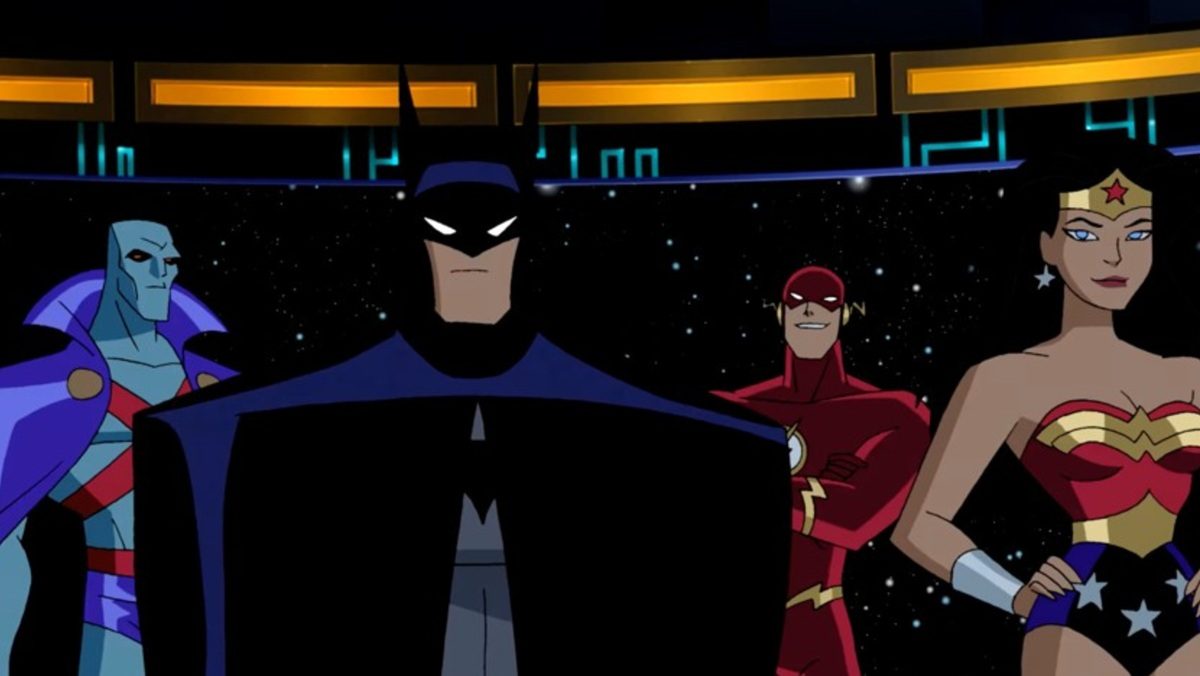
While the new *The Batman* cartoon was on Saturday mornings, the popular *Batman: The Animated Series* continued through *Justice League Unlimited*, with Kevin Conroy still providing the iconic voice. This mirrored the situation in the 1970s, with two different Batman cartoons airing simultaneously – though this time on Cartoon Network. Interestingly, both shows were produced by Warner Bros. Animation, a change from previous arrangements. However, Warner Bros. Animation had a rule preventing any villains from *The Batman* from appearing in *Justice League Unlimited*.
Similar to what happened twenty years earlier, this created difficulties for the Legion of Doom. When the Legion became the main villains in season three of *Justice League Unlimited*, they were again unable to use any of Batman’s villains. The show *The Batman* already had exclusive rights to those characters, which is why Mark Hamill’s Joker never appeared, even though he existed in that same universe and had been in the previous *Justice League* series. This also prevented Nightwing and Batgirl from appearing, as *The Batman* was using them on their show too. While *Justice League Unlimited* and *The Batman* were aimed at different viewers, this rule was strictly followed until *JLU* ended in 2006. As a result, for a few years in the early 2000s, there were two different animated versions of Batman on television.

The main takeaway is that kids weren’t confused by having different versions of Batman on TV in the ’70s and 2000s, and adults won’t be confused now either. Just like with Matt Reeves’ *The Batman* and the upcoming version James Gunn will introduce in *The Brave and the Bold*, different interpretations of Batman can coexist. Batman, along with characters like Spider-Man and Superman, is popular enough to support multiple versions, and audiences will easily understand that.
Read More
- Robert Kirkman Launching Transformers, G.I. Joe Animated Universe With Adult ‘Energon’ Series
- The Unexpected Triumph of Novo Nordisk: A Dividend Hunter’s Delight
- Gold Rate Forecast
- Avantor’s Chairman Buys $1M Stake: A Dividend Hunter’s Dilemma?
- Ex-Employee Mines Crypto Like a Digital Leprechaun! 😂💻💸
- Top 20 Hilarious Conservative Comedians Ever, Ranked
- Группа Астра акции прогноз. Цена ASTR
- Сегежа акции прогноз. Цена SGZH
- Sadie Sink Spotted on the Set of ‘Spider-Man: Brand New Day’ for the First Time
- Most Famous Jackies in the World
2025-09-20 00:57